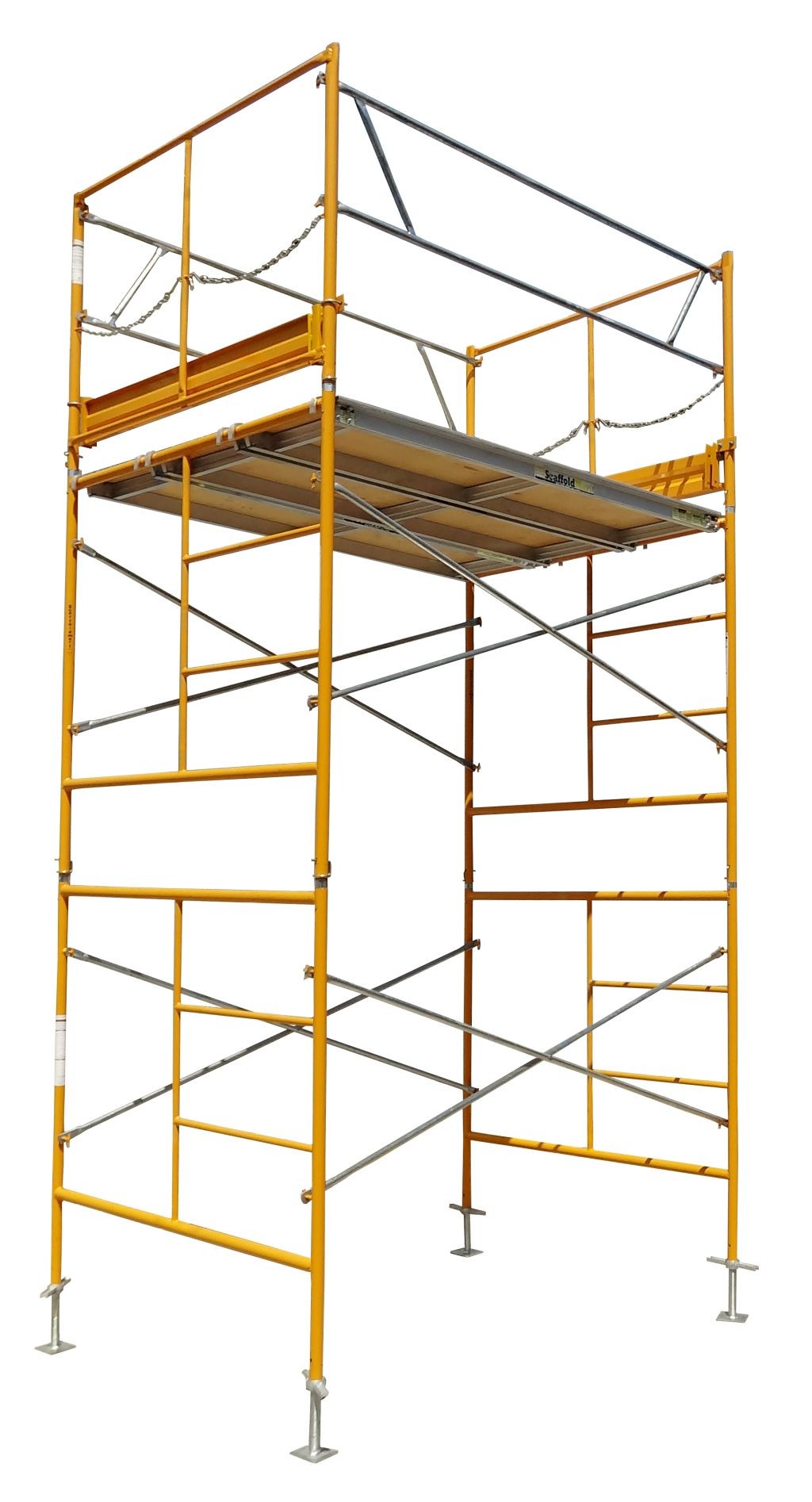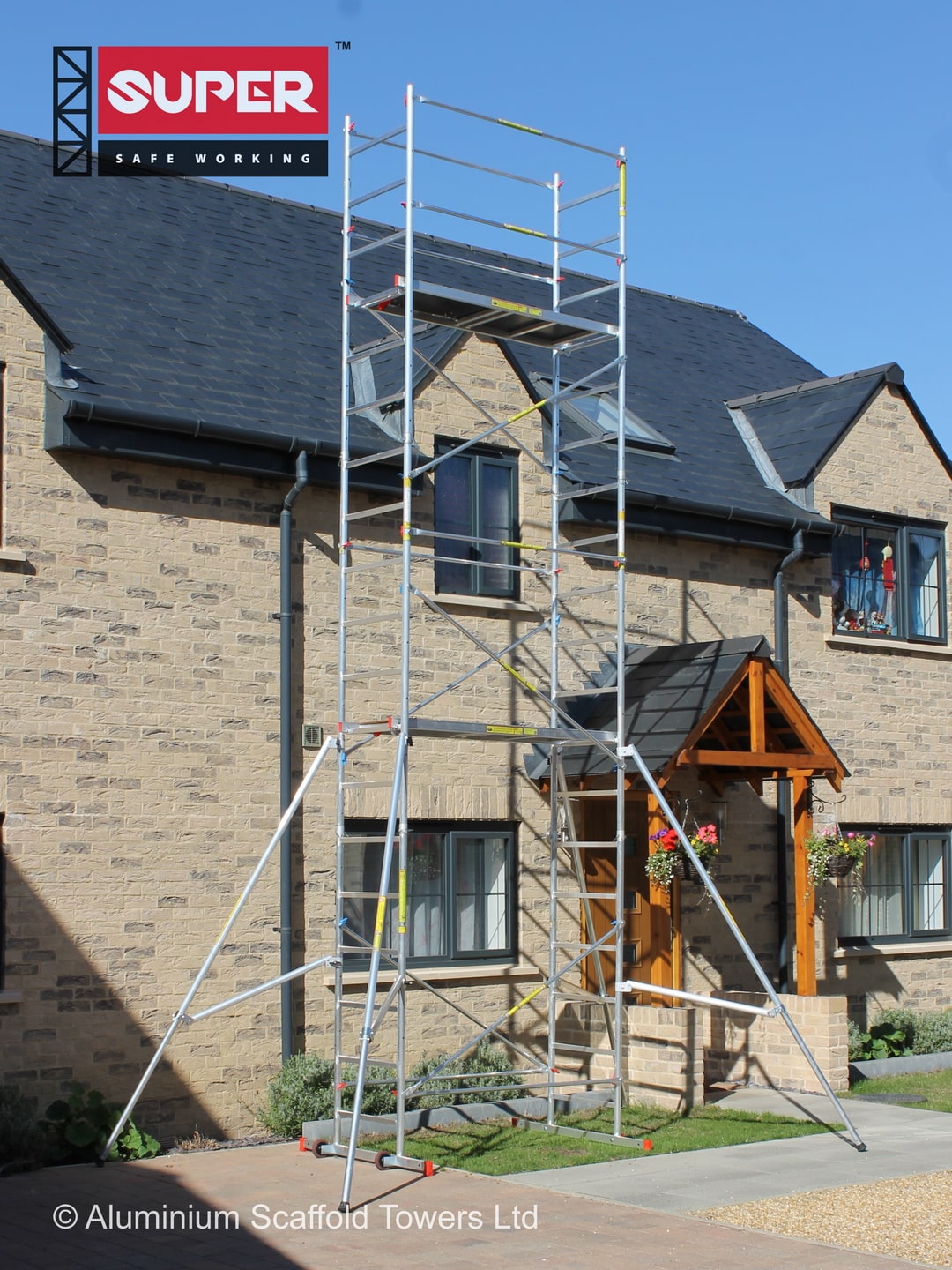Advanced Scaffolding Technologies: Improving Building And Construction Operations
Scaffolding on Historical Buildings: Difficulties and Solutions ===============================================================
Preserving historical structures with scaffolding entails resolving product destruction and seismic concerns. Cooperation in between preservation specialists and designers is crucial. Accessibility restrictions due to narrow flows require alternate solutions while keeping the building's original facade. Lasting products and progressed technology deal cutting-edge solutions, guaranteeing effective preservation. Using traditional restoration methods and routine evaluation is vital for stability and safety and security. The mindful equilibrium of these difficulties and options is important in guarding the historic value of these architectural treasures.
Structural Challenges
The architectural challenges associated with scaffolding on historical structures often require a nuanced strategy to ensure the preservation of the architectural stability. When dealing with product deterioration, it is necessary to comprehend the effect of time on the architectural components of historical piles. Years of direct exposure to ecological problems can cause the deterioration of materials such as wood, rock, or steel, requiring careful examination and possibly replacement during repair projects.
Furthermore, seismic strengthening presents one more substantial problem when putting up scaffolding on historical structures. Guaranteeing that the framework can withstand possible seismic activity without jeopardizing its historical functions requires specialized design know-how and thorough preparation. By integrating seismic reinforcing techniques into the scaffolding style, such as base isolators or strengthened frameworks, the historic building can be safeguarded versus potential earthquake damages while still allowing for necessary restoration job to take place.
Stabilizing the need for architectural support with the conservation of historical authenticity is a delicate yet important aspect of scaffolding on historical buildings.
Conservation Factors to consider
Maintaining the historical relevance of a structure throughout scaffolding jobs includes thorough interest to preservation concepts and specialized methods. When servicing historical structures, keeping building honesty is vital. Scaffolding should be thoroughly developed and mounted to make certain it sustains the framework without jeopardizing its historical functions. scaffolding erection Conservation professionals often team up very closely with scaffolding engineers to develop remedies that secure the building's distinct design elements.
One more vital element of conservation factors to consider is the visual impact of scaffolding on historical buildings. The visual look of scaffolding can considerably modify the assumption of a building, specifically if it is a popular spots. Consequently, actions such as using products that assimilate with the structure's facade or integrating attractive components right into the scaffolding layout might be required to lessen the visual influence.
Access Limitations
Throughout scaffolding jobs on historic buildings, maneuvering accessibility limitations presents considerable difficulties that need mindful planning and cutting-edge remedies. Mobility issues can arise due to narrow passages or limited paths around the building. These limitations may be aggravated by the demand to maintain the heritage elements of the structure, which can limit the installation of traditional scaffolding systems.
Heritage restrictions often dictate that the initial fa ade or building components can not be modified or harmed throughout the scaffolding process. This suggests that conventional scaffolding techniques may not be applicable, calling for experts to create alternate access strategies that are both important and respectful of the structure's historic relevance.
Furthermore, movement concerns can impact the efficiency of the building and construction job, potentially prolonging job timelines and boosting costs. It is very important for project supervisors to conduct complete website evaluations and team up closely with heritage preservation authorities to establish tailored solutions that address access restrictions while guarding the integrity of the historic building.
Cutting-edge Solutions
Handling accessibility limitations on historical buildings during scaffolding tasks needs the exploration of innovative services to guarantee reliable and considerate preservation of the structure's heritage importance. One such remedy involves the use of lasting products in the construction of scaffolding. By going with green materials such as bamboo or reused steel, the ecological effect can be decreased while still supplying the needed support for remediation job.
Furthermore, the integration of advanced innovation can additionally provide ingenious remedies for scaffolding on historic buildings. For instance, the use of drones geared up with high-resolution cameras can aid survey hard-to-reach locations of the structure, giving beneficial information for the scaffolding style procedure. Additionally, 3D printing modern technology can be used to produce customized scaffolding elements that specifically fit the unique shapes of historical frameworks, making sure a secure and customized fit.

Ideal Practices
Carrying out industry-established guidelines is vital for making sure the effective and sensitive implementation of scaffolding projects on historic buildings. When it involves finest methods for scaffolding on historical buildings, it is necessary to take into account not just the structural facets however also the historical and visual importance of the structure. Below are some key points to keep in mind:
Use Standard Reconstruction Methods: Utilizing conventional remediation methods can help preserve the authenticity and historic honesty of the building.
Regular Tracking and Examination: Normal monitoring and inspection of the scaffolding structure is essential to assure its stability and safety and security, along with to stop any damage to the historic structure.
Addressing Visual Worries: Taking note of visual issues such as the visual effect of the scaffolding on the building's exterior is crucial. Using materials and colors that blend in with the building's design can assist reduce aesthetic disruptions during the remediation procedure.
Frequently Asked Concerns
What Are the Regulatory Demands for Scaffolding on Historical Buildings?
Conservation requirements and precaution are important when putting up scaffolding on historic structures. Regulatory needs concentrate on maintaining historical relevance while making certain architectural stability and employee safety. Compliance with these standards is important for effective restoration projects.
Exactly How Do Weather Conditions Impact using Scaffolding on Historical Structures?
Weather play an important role in the conservation obstacles of historic frameworks. From severe temperatures to high winds and precipitation, these components can impact the stability and effectiveness of scaffolding used for maintenance and repair work.


Exist Particular Insurance Coverage Considerations for Using Scaffolding on Historic Buildings?
Insurance coverage for scaffolding on historical buildings needs specialized policies because of the one-of-a-kind risks connected with heritage conservation. Elements such as the structure's age, historic value, and capacity for damages throughout repair work have to be thoroughly considered in these policies.
What Are the Possible Threats and Liabilities Associated With Scaffolding on Historic Structures?
Scaffolding threats on historic structures position significant responsibility concerns, influencing heritage conservation and structural honesty. Issues such as damages to fragile exteriors, potential structural weakening, and historic relevance jeopardization must be diligently handled to assure preservation initiatives are successful.
Just how Do Cultural and Neighborhood Factors To Consider Contribute in making use of Scaffolding on Historical Frameworks?
Cultural conservation is crucial in keeping the authenticity of historical frameworks. Neighborhood involvement ensures that local worths and perspectives are taken into consideration when making use of scaffolding on these buildings, fostering a collective approach that values heritage while dealing with sensible requirements.
Conclusion
To sum up, scaffolding on historic buildings presents structural challenges, conservation factors to consider, and accessibility constraints.
Nonetheless, innovative remedies and finest practices can aid reduce these challenges and assure the successful preservation of these beneficial structures.
It is necessary to thoroughly plan and carry out scaffolding projects on historic buildings to shield their honesty and historical importance for future generations.